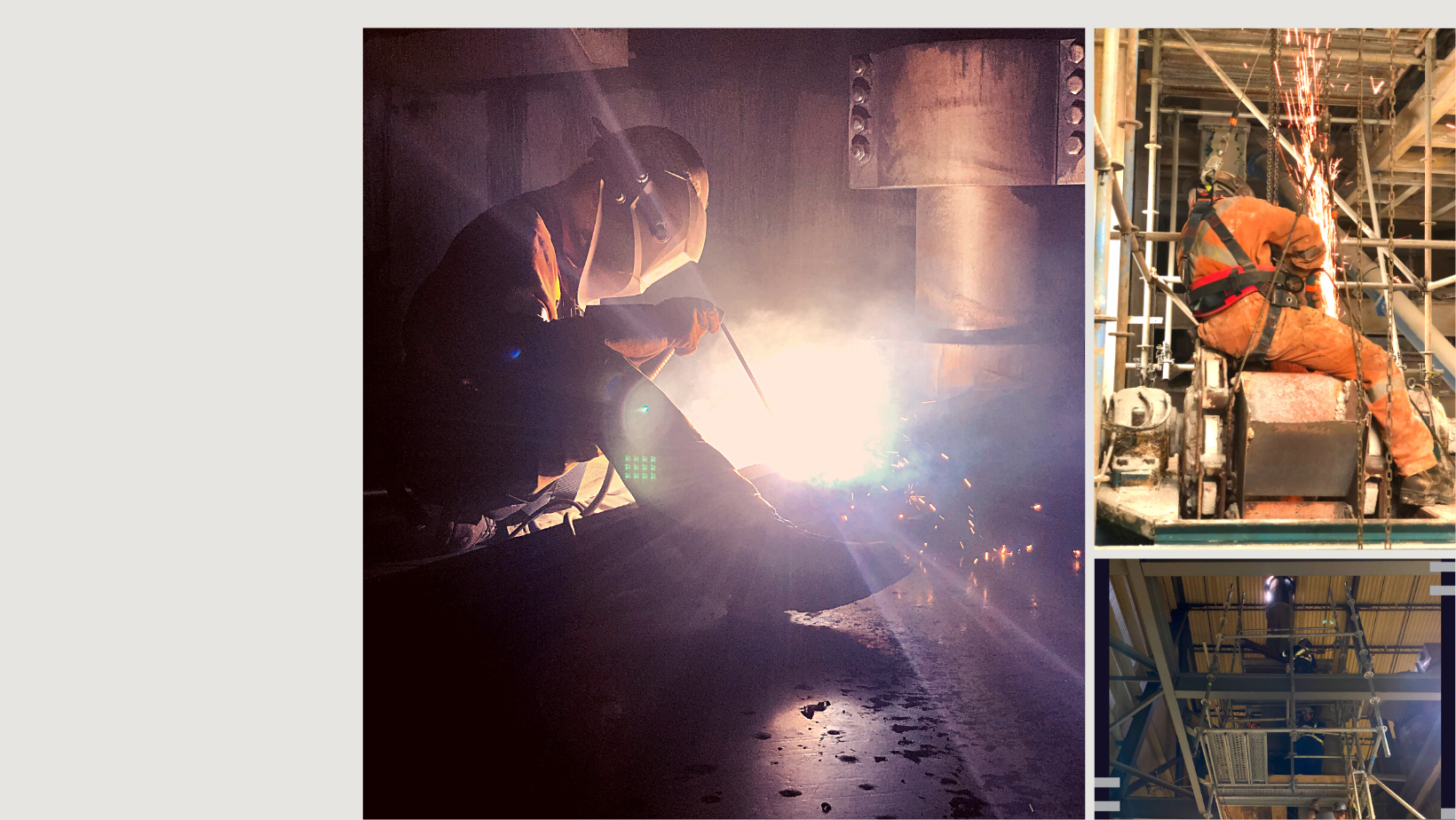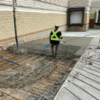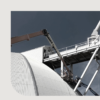How To Spot Quality Welding?
When you see vintage vehicles or modern architecture designs, welding is not the first thing that comes to mind. It goes unnoticed but the truth is, most of what you see, from skyscrapers to dynamic machines, all are welded at some point to get the shape they are in.
Perhaps, welding is the only thing that makes infrastructure design easy. It’s an economical way of joining metals permanently. Without welding, you can’t even expect to build a car, machinery, boats, tanks, bridges, the list goes on.
Some structures are just not possible without welding. It plays a crucial role in creating aesthetic and functional designs of buildings. Now you may ask, what does quality welding look like? Does it have bumps or burn signs?
Here are some signs of quality welding-
- The product finishing is accurate and doesn’t alter the design dimensions
- It gives strength and functionality; most importantly, safety
- The appearance of welding must be smooth and should match the design
- No holes or cracks should be found within the weld
- The beads should have uniform width, waves, and height
- Welding must meet the required strength
Welding Methods and Their Quality Checks
Welding ranks among the most important processes in the industrial sector. The technique requires variables and science both. Hence, choosing the right welding methods can enhance the product finish. Depending on the type of project requirement, they are differently applied for welding purposes. These are as follows:
-
MIG Welding
In this process, an electric arc is formed between the metal piece and the consumable wire electrode which is shielded from contaminants by an inert gas. As a result, metal melts and joins two pieces.
-
Metals Used for Welding:
Alloys and metal sheets such as stainless steel, mild steel, and aluminium.
-
Signs of a Good Welding:
Uniformity, no cracks in the middle of the bead, and a thin layer without any discolouration on the parent metal.
-
Stick Welding
Stick welding is a basic form of welding used in construction, manufacturing, and repair. The welding process uses an electric arc with a direct electric current between metal and electrode. As a result, the electrode melts to form a weld pool to join metal pieces. The electrode is covered in flux, which protects the weld from contaminants.
-
Material Used:
Carbon steel, alloy steel, ductile iron, cast iron, copper, nickel, and aluminium.
-
Signs of a Good Welding:
No spattering and cracks are the signs of good welding. A welding test may be performed to find out bad signs and adequate penetration.
-
Oxy-Acetylene Welding:
Oxy-Acetylene Welding is also used in our industry. This welding process includes acetylene gas and oxygen to create flames having the potential of melting steel.
-
Material Used:
Commonly used metals such as bronze, copper, and aluminium.
-
Signs of Good Welding:
Deep penetration, uniform layer of metal, no overlapping, complete fusion, no cracking, and no porosity.
In a nutshell, welding is a crucial part of almost every industrial niche. Whether maintaining a broken bridge or designing a new car, you need to have the best welders who can offer robust welding techniques.
If you are looking for adept welders with years of experience and expertise in welding services, we are here to help you. Trust me, no job is too big or small for us to handle. From your general repairs to the most challenging welding projects, you can rely on us for all your welding needs.
Let’s connect at 306-786-7000 and discuss your requirements.



